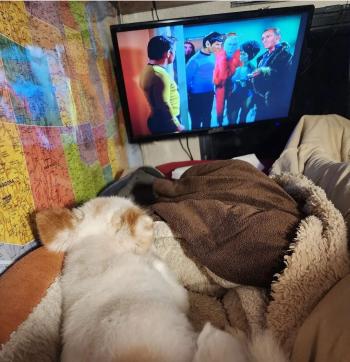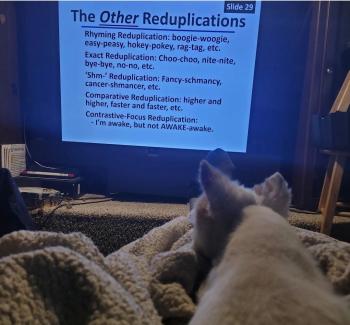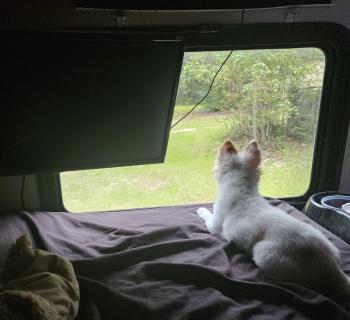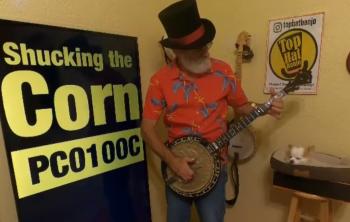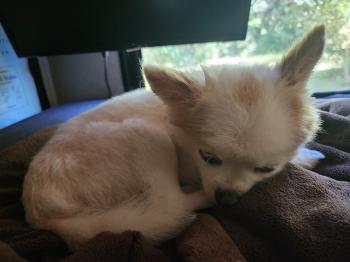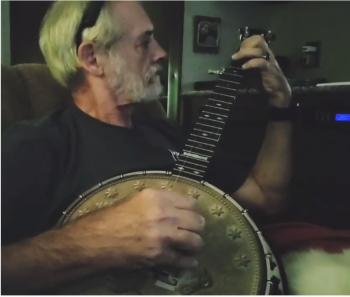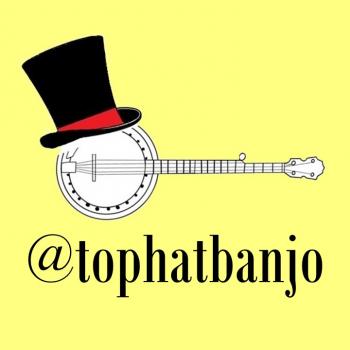Users Who Spiked

THE TRANSLATOR IS NOT OUR TECHNOLOGY
Private Notes
Private Notes
Notes
Cranton Stanley watched with a growing feeling of helplessness as the back gate of the primary containment chamber slid open and a dozen or so confused Blue Vimili tumbled out. They were the ones who had been pushed up against the gate's inside surface; the chamber was full of them now, their breeding having been stopped only through the mechanism of having no more room for additional growth.
Now that the gate was open and the little creatures had access to more space–the secondary confinement–they would start up again, and if unchecked, they'd continue breeding, creating layer after layer of little creatures, specialized into the five color subgroups, until they ran out of room once more.
The Vimili were surprisingly efficient at reproduction, given their relatively limited access to material on which to operate. They absorbed raw materials from the environment, dissembled them into their constituent elements to rearrange them into copies of themselves and, from time to time, tools of different kinds, odd mechanisms by which they accomplished things, and strange lumps of this and that which didn't do anything at all as far as could be determined.
They seemed to occupy a stage between sentience and non-sentience: the hive was clearly intelligent and aware, and could even be communicated with, but no individual member of the community seemed to be. There was no identifiable 'queen,' as in the case of hive creatures on Earth. The vast majority of Vimili were of the blue orientation, but there was also red, green, white, and yellow, the rarest. Each bred exclusively with those of its color, but the pairings could result in offspring in any of the five orientations; the genetics of it were not well understood.
The Vimili had been obtained in an unauthorized acquisition through the Portal, a gateway constructed with the help of alien visitors, the Paeldorsi, who had arrived and announced their presence to Earth 48 years before. They had advised against the project from the start, arguing from their spacecraft in orbit around Mars that the Vimili were nothing more than pests. There were two of the Paeldorsi on their ship, identical as far as could be seen in the video linkup, but the yellow boxes that the Paeldorsi wore around their necks which translated their language gave them dramatically different voices, both feminine, but one a dramatic nasal tone and the other a lustful Mae West drawl. The two of them had been rather comically dubbed Lucy and Ethel in the press.
On the subject of Vimili, the Paeldorsi were oddly reticent. "There is nothing to be gained from this work," Lucy said. "Vimili are pests, and the green ones—"
The other Paeldorsi, Ethel, interrupted. "The green ones do not concern us, and none of the Vimili need concern you."
On initial contact, the aliens had identified themselves as being from a planet in the Paeldorse system. Unfortunately, this name had been misheard as pale horse by a reporter, who broke the story, and the misnomer stuck.
They were zero-gee creatures, thin and waspy, with oversized heads. They had at one time had wings, apparently, but those too were withered through disuse and now were only tiny hair-like projections less than an inch long, curled and stunted. It had been Lucy who had first appeared in a video feed transmitted to seventeen world leaders simultaneously; it had been Ethel who had come to Earth in a weight-supporting exosuit to direct the construction of the Portal, through which Paeldorsi equipment and materials were occasionally sent to Earth. Although 48 years had passed, Lucy and Ethel looked the same as they did on that first day, January 14, 2043.
Ethel's presence on Earth during the construction of the Portal had resulted in a number of inadvertent discoveries. The Paeldorsi appeared to be vegetarian; Ethel was offered a variety of food but ignored everything except white bread with the crusts off, carrots{, and mushrooms. It was also discovered that the Paeldorsi translator wasn't perfect: it had interpreted some of her wheezing as I need to find a hungry cook, but this was quickly corrected to apply a constant voltage here and here, which made a lot more sense in the context of the work of constructing the Portal.
A discussion between Ethel and Dr. Robertson Stargill's graduate xenobiology students at Princeton during her visit highlighted the problems of communication between humans and the Paeldorsi.
Ethel was wheeled out to center stage of the law school's conference center, and then her wheezing voice was heard; it continued, but shortly after, the translator's voice, the Mae West one, took over: "It is difficult for us, as it is for you, to make a common understanding," Ethel said. "Even with our translators, we cannot always be sure we are being translated, and thus understood, accurately."
"Ethel, can you tell the students here today how the translator works?" Dr. Stargill asked.
There was a pause as the yellow box translated the question, wheezed it at Ethel, and then as before, Ethel wheezed for some time before the translator had enough to work with. "The translator is not our technology," she said. "We have it on loan from a race of beings that developed on the fourth planet in our home system. They are advanced in these sorts of things, although they do not leave their own planet."
"What sort of creatures are they?" Stargill continued.
"They are evolved from plants," Ethel said. "They gained some mobility and they evolved a tool-making capacity using specialized leaves that can move and grasp. They are anchored to the ground, but we have helped them develop movable platforms so that they can move themselves around somewhat."
"So they have a technology, then?" "Yes," Ethel continued.
"They are highly advanced in computers and other things." There was a pause and then Ethel wheezed again. "The Portal is theirs, and the Vimili pests are theirs too, but they are of no concern to you."


















